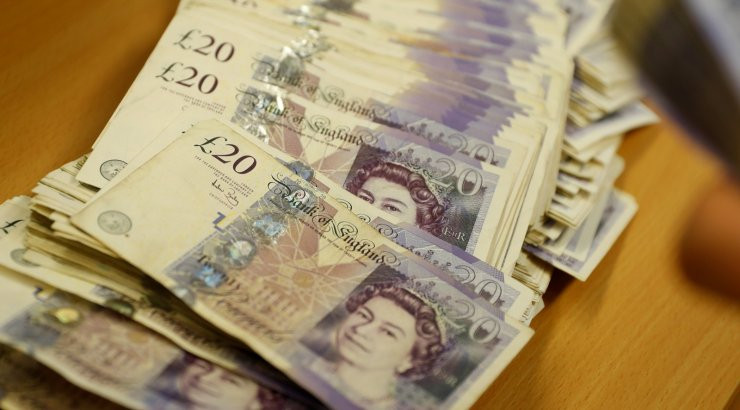
In anticipation of the meeting of the Bank of England, the growth of the British currency is gaining momentum. The dynamics of the pound is so contradictory that it sometimes confuses the market. The ups and downs of sterling in a short period of time, in particular from the beginning to the middle of this week, surprise and slightly disturb experts.
On Tuesday, January 28, the GBP / USD pair was in a state of permanent decline. Over the course of two trading sessions, the pound fell by 100 points coming close to the support level of 1.3000. In the middle of the day, it slightly exceeded this level reaching 1.3005, but it did not stop there.
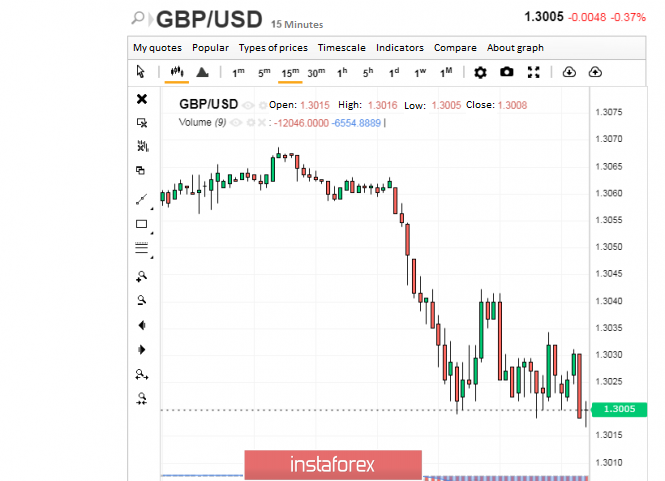
Subsequently, sterling almost touched the bottom, falling to the Fibonacci level of 1.2995. A dizzying fall gave way to a slight rise. Experts recommended the sale of the pound from this level until the release of the report on orders for durable goods in the United States. They also added that in the case of disappointing data, the probability of the pair quotes rebounding from the correction line will increase.
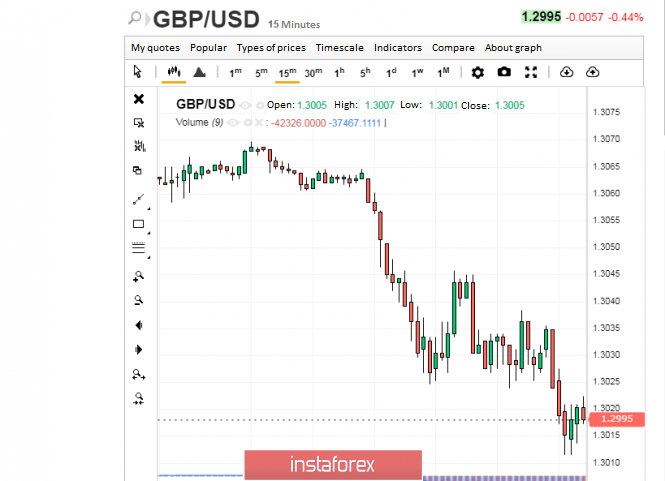
Morning of January 29, the GBP / USD pair began to run to an upward trend again. The tandem rose to 1.3024–1.3025, intending to move further.
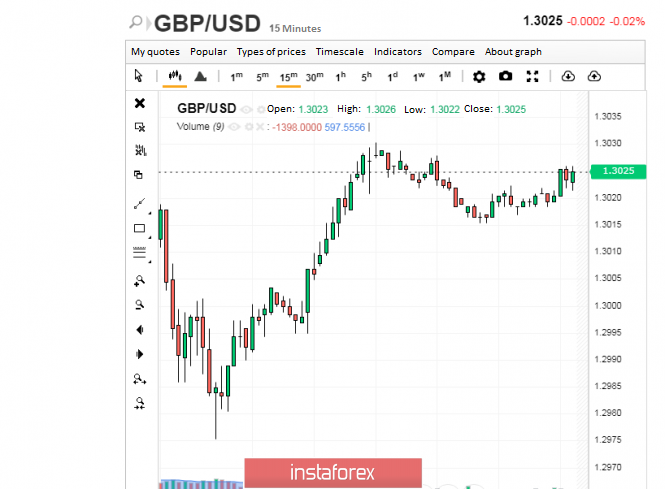
However, the pound's dreams were not destined to come true. This is because the pair quickly slipped from their current positions and again peaked. The tandem fell to the levels of 1,3007–1,3008, returning to its original position, where yesterday's growth began.
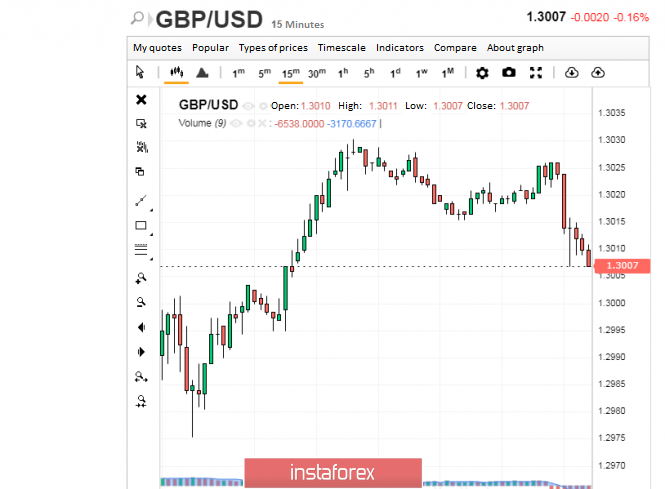
Experts are unanimous in their opinion that the current week, rich in events of paramount importance, can become a key one for the British currency. On Thursday, January 30, the Bank of England will decide on a rate and may soften monetary policy. On the following day, the United Kingdom will officially leave the European Union, which can provoke the strongest volatility in the market.
There are two versions regarding the possible decision of the English regulator. Some experts argue that at the current meeting, the Bank of England will reduce interest rates, as the real economic situation in the UK is deteriorating and incentives are needed to support the economy. Experts who disagree with this statement are confident that the regulator will maintain current rates, appealing to a recent report by the Organization for Economic Collaboration and Development (OECD), which focuses on stabilizing UK economic data. Recall that last week economic indicators came out for activity in the manufacturing sector and the services sector in the country, which turned out to be better than forecasts. According to analysts, this has weakened the likelihood of a key rate cut by the Bank of England. Note that at the moment, the interest rate in the UK is at the level of 0.75%.
The British currency is under serious pressure from the American. Throughout the week, the greenback strengthened against the pound, and the efforts of the US dollar were not in vain. The dollar was supported by investors who are trying to invest in less risky assets than the pound. At the same time, the downward movement of the GBP / USD pair is more due to the high demand for greenback than to the weakness of sterling, analysts reaffirm.
Experts also added that the British currency may again go down after the decision of the Bank of England at a key rate and monetary policy. Of course, after a while, the pound will rise again, however, experts fear that its recovery will be delayed. Uncertainties add the upcoming Brexit agreement, so the market is in suspense, keenly responding to key events.





















